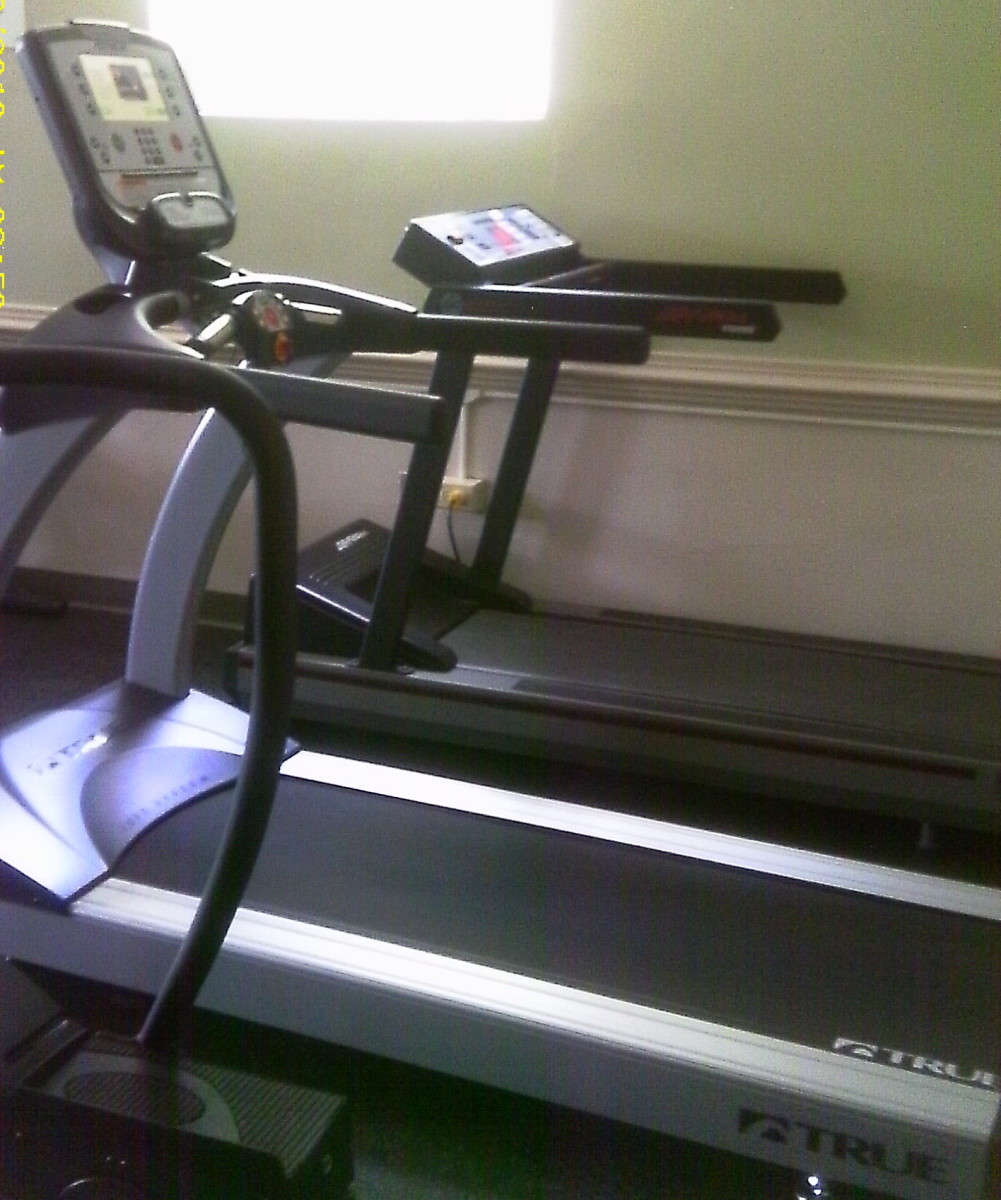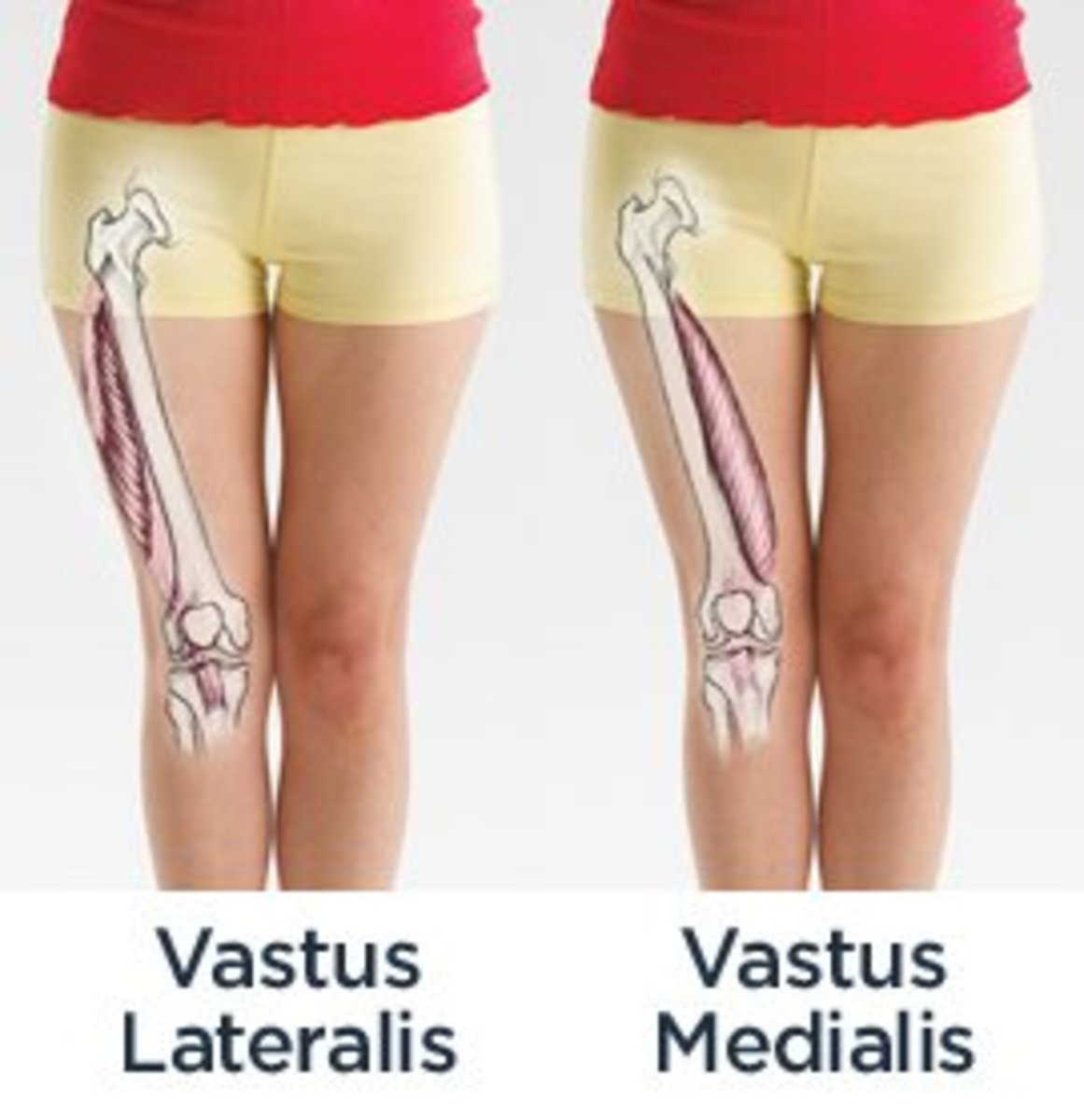What is Cardio
What is Cardio
Cardio is short for cardiovascular exercise. Cardio is an effective way to burn fat, without risking serious injury for those people who have serious heart problems or are otherwise unable to do more intense forms of calorie burning exercise. It is by far the most commonly practiced fat burning exercise out there, but is that a good thing?
For people who have heart problems or other injuries that prevent them from doing more intense exercises than cardio, yes it is perfect. However, the majority of people doing cardio would do much better to try another form of fat burning exercise that I will explain further on in this article.
While cardio promises results right at first, people who stay committed to it often hit a plateau and are no longer able to keep burning fat and losing weight. In this article, I will explain why this plateau occurs as well as what you can do to prevent it.

Benefits of Doing Cardio
While it may not be the best way to burn fat, especially in the long run, there are some great advantages to cardio. Below are the three key benefits of doing regular cardiovascular exercise.
- Stronger Heart - Just like every other muscle in your body, your heart must be worked to be at optimum strength. Doing cardio is a great way to strengthen your heart muscles and avoid future heart problems down the road. Developing a strong, healthy heart while you are young will do wonders to keep you in peak health when you get older.
- Balanced Hormones - Doing cardiovascular exercise cause your body and mind to re-balance hormone levels, creating an environment where you can physically and mentally thrive. The pleasure hormones and chemicals released by doing cardio go a long way to fighting depression and making you feel happy and energetic.
- Increased Metabolism - While speeding up your heart rate, cardio also causes an increase in metabolism which ultimately leads to you being able to burn more fat quicker. The only problem with normal, steady-state cardio is that your metabolism immediately reverts back to normal speed when you finish. At the end of this article, I will present an exercise that works better than cardio, in the sense it will cause your metabolism to stay sped up for up to 24 hours after finishing it.
Negatives of Doing Cardio
The negatives of doing regular steady-state cardio far outweigh the benefits, in the long haul.
The problem with normal cardio is that, the longer you do it, the longer you MUST do it to get the same effect from it. For example, one day you maybe be running 30 minutes and getting a great burn, but a couple weeks later you'll have to spend 45 minutes on the treadmill for the same burn. What this means is that you'll eventually have to stop increasing your time and, when you do, your results will plateau and you will not see any more fat loss whatsoever. What is even worse about this is, if you get frustrated from your plateau and stop, all of the fat you DID lose will come back over the course of a few weeks, but it will be even MORE resistant to being burned whenever you try to do so again.
I mean, sure, if you had all the time in the world, you *could* keep increasing your time on the treadmill till you were running for 24 hours a day, but you wouldn't want to do that anyways and here's why. After an hour on the treadmill, your body starts to do two things:
It releases cortisol, which as we all know causes your body to store more fat, among other very bad things including speeding up signs of aging.
It causes your body to stop feeding on fat and start feeding on muscle for energy. The less muscle you have, the harder it is to burn fat.
What is more effective than regular cardio?
High intensity interval training, also known as HIIT, works MUCH better than regular cardio for a number of reasons.
For starters, high intensity interval training causes your metabolism to stay sped up for up to 24 hours after finishing simple 25 minute session. This will cause you to burn WAY more fat than you could with regular cardio.
Secondly, you don't run into the big plateau problem that I discussed above. You only get this problem when doing regular cardio.
There are so many reasons interval training is much better than regular cardio. To read more about why you should do interval traning instead and how to do it, please click the following link:








